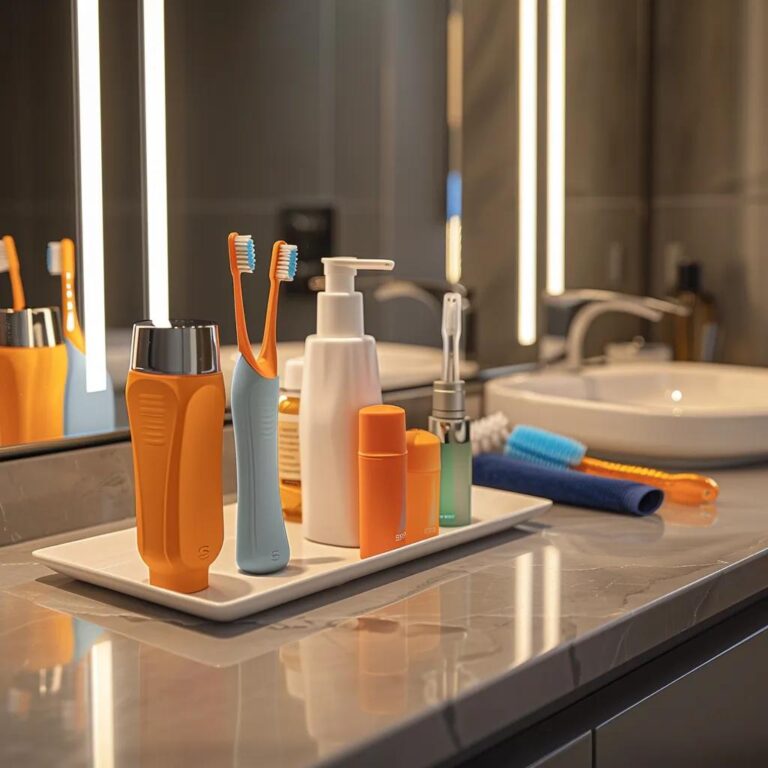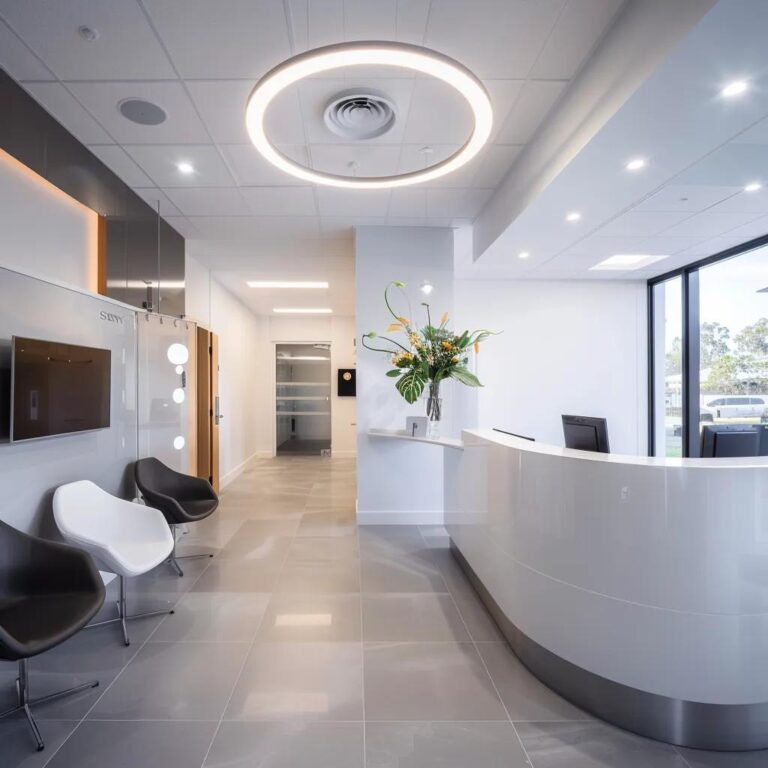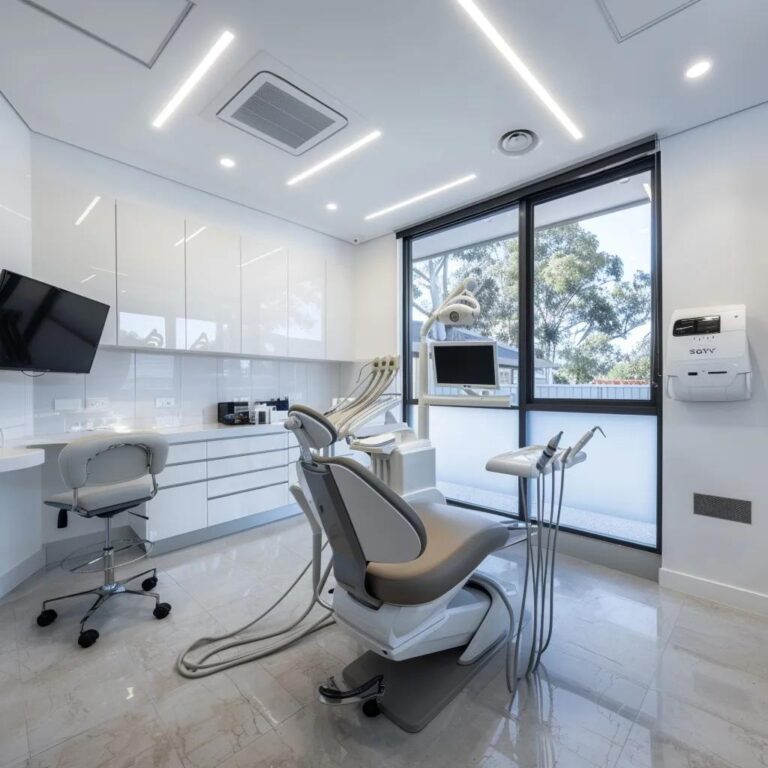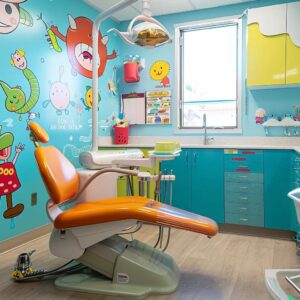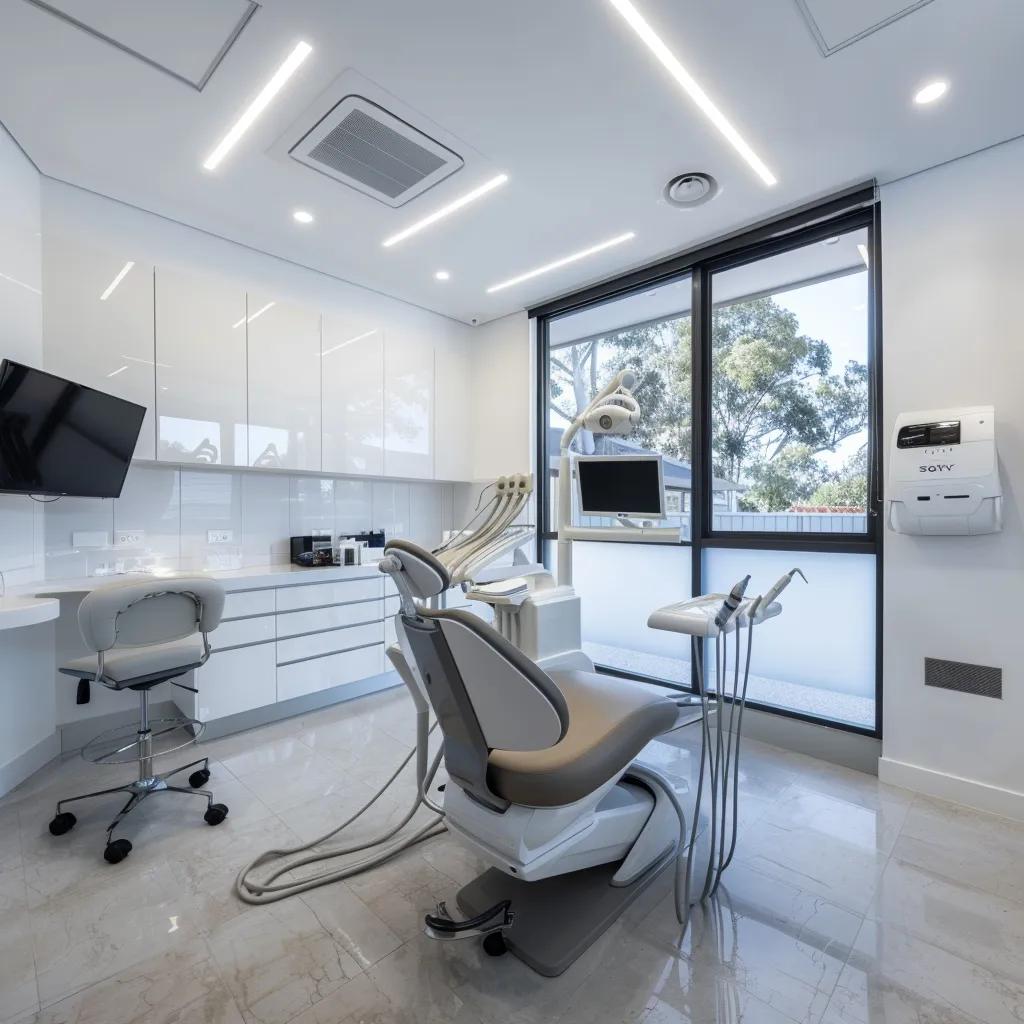

Orthodontic Treatment Options in Boondall Explained
Orthodontic treatment in Boondall offers solutions to correct misaligned teeth, improve oral function, and enhance smiles. Under the guidance of experienced local orthodontists and in collaboration with a nearby dentist sandgate, patients can choose from various treatment options to achieve optimal oral health and self-esteem.
What Are the Main Orthodontic Treatment Options Available in Boondall?
Options in Boondall include metalbraces, ceramicbraces, Invisalign, lingual braces, and early treatment for children. Each method uses specific mechanisms to align teeth and caters to different needs and preferences.
How Do Metal Braces Work and Who Are They Best For?
Metalbraces use stainless steel brackets and wires to move teeth gradually by applying continuous pressure that promotes bone remodeling. They are ideal for teenagers and adults with severe or complex misalignments, offering a highly efficient method for significant tooth movement.
What Are the Benefits and Drawbacks of Ceramic Braces?
Ceramicbraces work similarly to metalbraces but use tooth-colored materials to reduce visibility. Their primary benefit is improved aesthetics, especially for adult patients. However, they may be more brittle, costlier, and require extra care to avoid staining.
How Does Invisalign Compare to Traditional Braces?
Invisalign uses a series of custom clear plastic aligners to incrementally reposition teeth. This option is discreet and removable, appealing to those who value aesthetics and ease of cleaning. Nonetheless, it may be less effective for severe misalignment and relies on patient compliance with wear time.
What Are Lingual Braces and When Are They Recommended?
Lingual braces position brackets and wires on the inner surface of the teeth, keeping the treatment hidden. They are recommended for professionals and adults with mild to moderate malocclusions who prefer a discreet treatment. However, their placement requires specialized skills and may cause initial tongue discomfort.
Why Is Early Orthodontic Treatment Important for Children in Boondall?
Initiating orthodontic treatment early helps correct developing issues before they worsen. Early assessments can guide dental eruption and prevent more complex problems later. This proactive approach supports balanced facial growth, improved function, and better long-term dental habits.
Personalised Orthodontic Treatment Planning in Boondall
The consultation process in Boondall is multi-step, ensuring every patient receives a personalized treatment plan based on their dental needs through thorough evaluations, imaging, and discussions.
What Happens During Your First Orthodontic Consultation?
During the first consultation, the orthodontist reviews the patient‘s medical and dental history, examines dental alignment, and discusses any discomfort or functional issues. Digital images, impressions, or X-rays are taken to inform the treatment plan.
How Is Diagnosis Made Using Advanced Technology?
Advanced diagnostics including 3D imaging, digital models, and computer-aided simulation help map current tooth positions and predict outcomes. These tools aid in identifying occlusal discrepancies and jaw anomalies, allowing for a more predictable treatment plan.
How Are Personalized Treatment Plans Developed?
After diagnosis, orthodontists work closely with each patient to create a treatment plan that outlines duration, phases, risks, costs, and outcomes. Customized plans often combine different appliances and include regular follow-ups to ensure progress.
What Should Patients Expect During the Treatment Duration?
Patients can expect regular appointments for adjustments and evaluations. Treatment duration varies from several months to a few years, and patients are informed about possible soreness, dietary restrictions, and the need for diligent oral hygiene.
What Are the Typical Costs and Financing Options for Orthodontic Treatment in Boondall?
Costs depend on the type of appliance, treatment duration, and case complexity. Boondall clinics provide transparent pricing and offer flexible payment options.
How Much Do Different Braces and Aligners Cost in Boondall?
Metalbraces are generally the most cost-effective option. Ceramic and lingual braces may be more expensive due to their materials and the specialized skills required, while Invisalign usually falls in the mid-to-upper cost range. Costs often range from AUD 5,000 to AUD 10,000 or higher.
What Payment Plans and Insurance Options Are Available?
Many clinics offer monthly installment plans with little or no interest and accept private health insurance, which may cover a portion of the costs. Patients are encouraged to discuss these options during their consultation.
How Can Patients Compare Costs Between Treatment Types?
Patients should obtain written estimates from multiple providers. Comparing upfront fees, long-term benefits, maintenance costs, and any additional services can guide an informed decision.
What Are the Key Benefits and Potential Risks of Orthodontic Treatment?
Orthodontic treatment improves oral aesthetics and function but also carries potential risks. Understanding both benefits and risks helps patients make informed decisions.
How Does Orthodontic Treatment Improve Oral Health and Appearance?
Realigning teeth improves oral hygiene, reducing the risk of cavities and gum disease. Better-aligned teeth also contribute to a harmonious facial structure and increased self-confidence.
What Confidence and Lifestyle Benefits Can Patients Expect?
A corrected smile can boost self-esteem, enhance professional and social interactions, and improve speech and chewing function, all contributing to an overall better quality of life.
What Are the Common Side Effects and How Are They Managed?
Side effects such as temporary discomfort, minor soft tissue irritation, or bite changes are common and usually managed by over-the-counter pain relief, orthodontic wax, and regular adjustments. Rare issues like root resorption require prompt attention.
How Can Patients Minimize Risks During Treatment?
Following the orthodontist’s instructions, attending all appointments, and practicing strict oral hygiene are crucial. Using interdental brushes, floss threaders, and nutritional adjustments further minimizes risks.
How Should Patients Care for Their Braces and Maintain Oral Hygiene in Boondall?
Maintaining oral hygiene during treatment is essential to prevent complications like tooth decay and gum disease. Both patients and clinicians stress the importance of a strict oral care routine.
What Are the Best Oral Hygiene Practices With Metal and Ceramic Braces?
Patients should brush daily with a soft-bristle toothbrush and fluoride toothpaste, paying special attention around brackets and wires. Using interdental brushes or water flossers and having regular professional cleanings also help maintain optimal hygiene.
How Do Invisalign Users Maintain Cleanliness and Effectiveness?
Invisalign users must remove aligners when eating or drinking (except water), brush their teeth and aligners after meals, and soak their aligners daily in a cleaning solution to remove plaque and maintain clarity.
What Dietary Changes Are Recommended During Orthodontic Treatment?
Patients are advised to avoid hard, sticky, or chewy foods that can damage appliances. Softer foods are recommended to protect braces and aligners. Reducing intake of stain-causing beverages like coffee or red wine can also help, especially for those with ceramicbraces.
How Important Are Retainers After Treatment Completion?
Retainers are critical to maintaining new tooth positions once active treatment ends. Patients should wear retainers as prescribed and attend follow-up check-ups to monitor stability and prevent relapse.
Who Are the Orthodontists and What Makes Boondall Clinics Unique?
Boondall clinics are known for their highly qualified orthodontic professionals, state-of-the-art technology, and a strong commitment to patient-centred care, all of which contribute to excellent treatment outcomes and patient satisfaction.
What Expertise and Technology Do Boondall Orthodontists Offer?
Local orthodontists use advanced diagnostics like digital scanning, 3D imaging, and computer-aided planning in their practice. Ongoing professional development ensures they remain current with the latest techniques, including minimally invasive and accelerated treatments.
How Does Patient-Centered Care Enhance the Treatment Experience?
Patient-centred care in Boondall is emphasised through open communication, empathy, and personalized treatment plans. This approach includes tailored education, flexible scheduling, and continuous support throughout the treatment process.
What Do Local Patients Say: Testimonials and Reviews?
Testimonials highlight the friendly, professional approach of Boondall orthodontic teams, noting significant improvements in smile aesthetics and long-lasting results from personalized treatment plans.
How Can You Schedule a Consultation at a Boondall Orthodontic Clinic?
Scheduling is simple and can often be done online or by phone. Prospective patients are encouraged to book a consultation to discuss options, receive a full oral assessment, and review financing plans that suit their needs.
What Are the Most Frequently Asked Questions About Orthodontic Treatment in Boondall?
Patients commonly ask about the age to start treatment, treatment duration, differences between orthodontic options, and how to address discomfort. Clear answers help guide their decisions.
What Is the Best Age for Orthodontic Treatment?
While individual cases vary, children as young as 7 years old can get a preliminary evaluation. Early treatment simplifies future corrections, and adults can also benefit from early consultations despite potentially longer treatment times.
How Long Does Orthodontic Treatment Usually Take?
Treatment typically lasts between 18 months and 3 years, depending on misalignment severity, the type of appliance, and patient adherence to care instructions.
How Do Invisalign and Braces Compare in Comfort and Appearance?
Invisalign offers nearly invisible treatment and easier oral hygiene, whereas metalbraces, though more visible, are reliable for severe misalignments. Comfort generally improves as patients adjust to their devices.
What Are the Signs That Early Orthodontic Treatment Is Needed?
Signs include overcrowding, protruding teeth, crossbites, and gaps that interfere with chewing or speech. A professional evaluation is essential to determine the need for early intervention.
How Can Patients Manage Pain and Discomfort During Treatment?
Over-the-counter pain relievers, orthodontic wax to cover irritating parts, and a soft diet can help ease discomfort. Persistent pain should be discussed with the orthodontist for possible adjustments.
Frequently Asked Questions
Q: Are there non-invasive alternatives to braces in orthodontic treatment? A: Yes, Invisalign and clear aligners offer a discreet, removable alternative to traditional braces by gradually shifting teeth with custom-made aligners.
Q: What should I do if my braces cause irritation to my mouth? A: Use orthodontic wax on brackets that cause irritation or consult your orthodontist for adjustments. Over-the-counter oral rinses can also help alleviate discomfort.
Q: Can adult patients benefit from orthodontic treatments as effectively as children? A: Absolutely. Although treatment duration may vary, modern techniques allow adults to achieve excellent functional and aesthetic results.
Q: What maintenance is required after orthodontic treatment is completed? A: Retainers are key to maintaining treatment results. Patients must follow the prescribed retainer schedule and attend regular follow-up appointments.
Q: How do I know if I require orthodontic treatment for conditions like bite issues or jaw misalignment? A: Difficulties in chewing, speech irregularities, or persistent discomfort may indicate the need for an orthodontic evaluation.
Q: What financing options are available for orthodontic treatment? A: Options include flexible monthly payment plans and insurance coverage. Discuss these with your provider to choose a plan that fits your financial situation.
Final Thoughts
Orthodontic treatment options in Boondall provide a variety of methods to achieve healthier, more attractive smiles. Whether choosing metal, ceramic, lingual braces, or clear aligners, personalized treatment plans ensure effective results with manageable risks. Diligent care during and after treatment enhances overall oral health and quality of life. Boondall patients can look forward to benefiting from ongoing advances in technology and patient-centred care that make the ideal smile an attainable reality.

